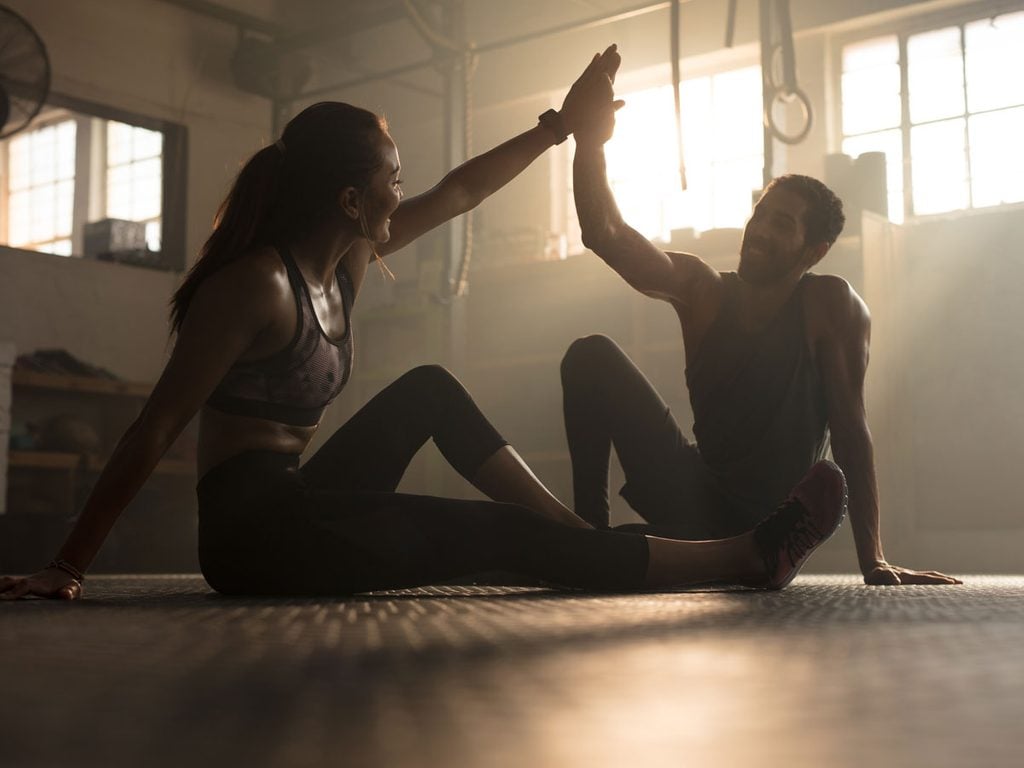5 Exercise Strategies to Help Reduce Your Risk of Injury

Are you planning to ramp up your fitness? Easing into the scene is the best way to stay safe.
Nsuani Baffoe, a Toronto regional manager of personal training for GoodLife Fitness, shares the best strategies to prevent post-workout pains.
Safe exercise strategy #1: Start where you are.
Baffoe says many of us make the mistake of launching into a new activity when we’ve been inactive for a while, thinking that we’re in the same shape we were in when we stopped exercising. But it’s important to recognize where we are now and accept that progress takes time.
#2: Get assessed.
A personal trainer or chiropractor can evaluate which muscles in your body are tight and which ones are weak, then give you targeted movements to work on those areas. Treating these little imbalances from the get-go will ensure that you can perform movements properly and are not overcompensating with other muscles, which can lead to repetitive movement injuries down the road.
#3: Do some serious stretching.
Baffoe recommends stretching before you start a new workout — not just for a few minutes but for a few sessions. “If you’ve sat at a desk for years without working out, that’s a lot of tension in the body,” he says. “The first four or five workouts might just be holding stretches for two to five minutes.” Once you’re comfortable, hold them for 30 to 90 seconds. Learn more on why you should make post-workout stretching a priority.
#4: Focus on the whole body.
Devoting a full hour at the gym to your legs or abs might seem like a good idea, but it can overload muscles that aren’t used to working that hard. “That’s a lot of work for any specific body part when it hasn’t been trained,” says Baffoe. “Total body is always best to start because you’re creating healthy damage to every part on a smaller scale, so you can recover better.”
#5: Don’t ignore what you feel.
When you experience even small pains, mention them to a personal trainer or athletic therapist. If you don’t fix the root of the issue, chances are that it will cause bigger problems over time. And in the event that you experience a more severe pain — say, a pop or a twist — see a sports doctor.
Next, find out what a personal trainer can and can’t do for you.




